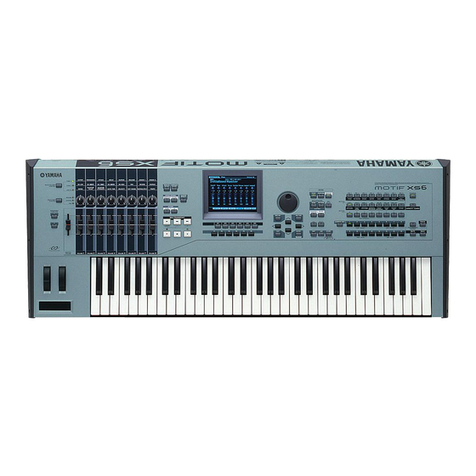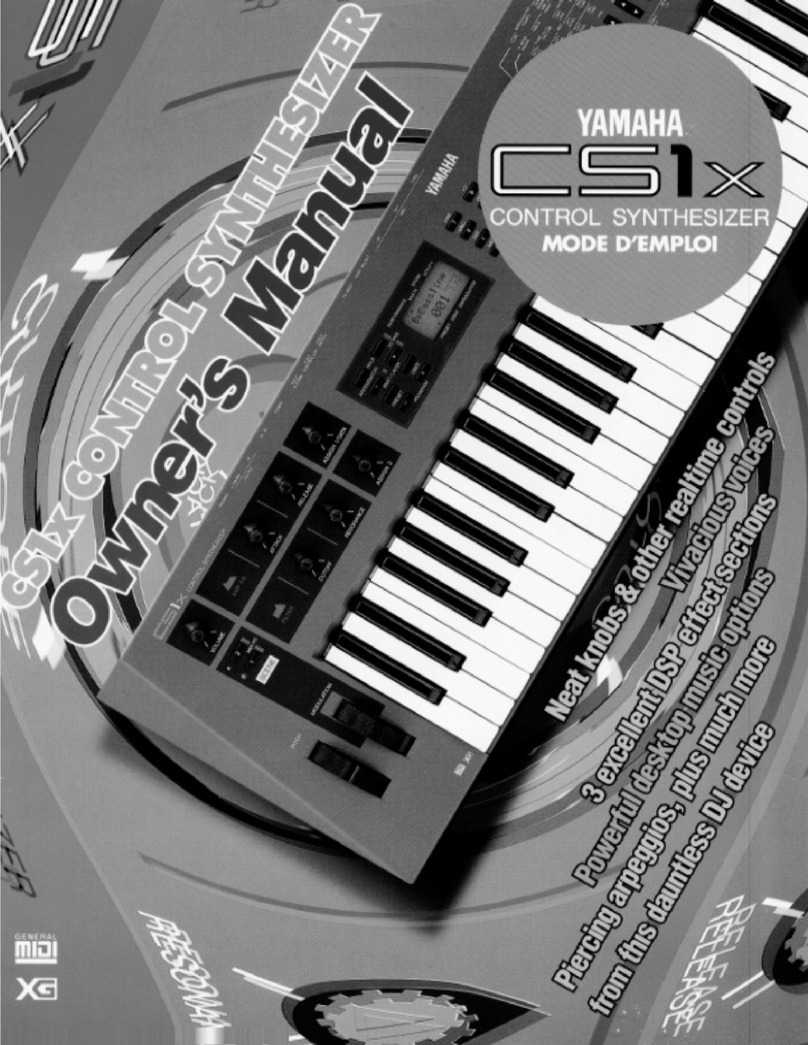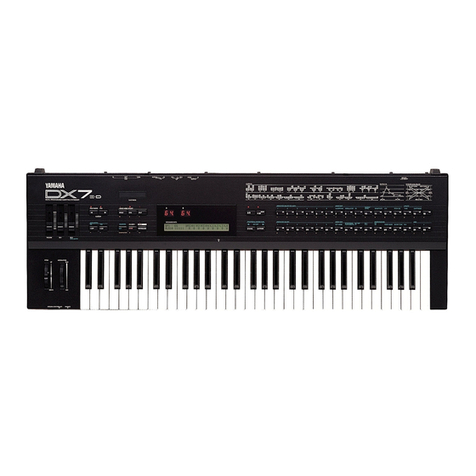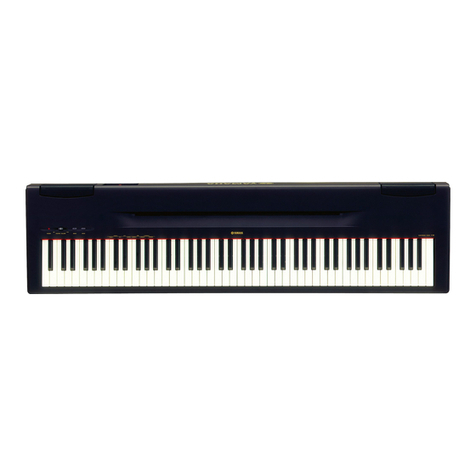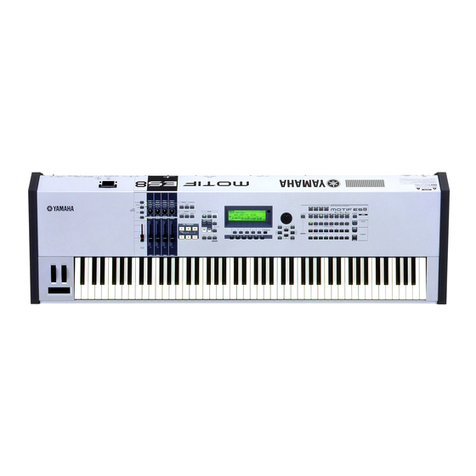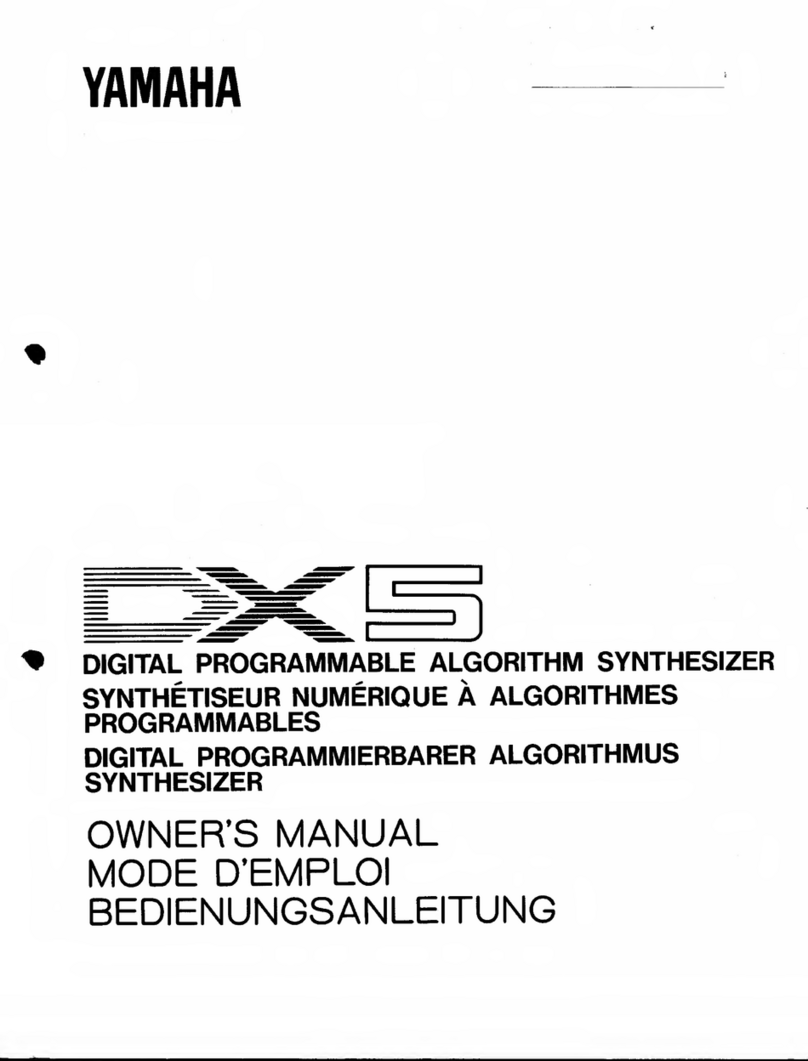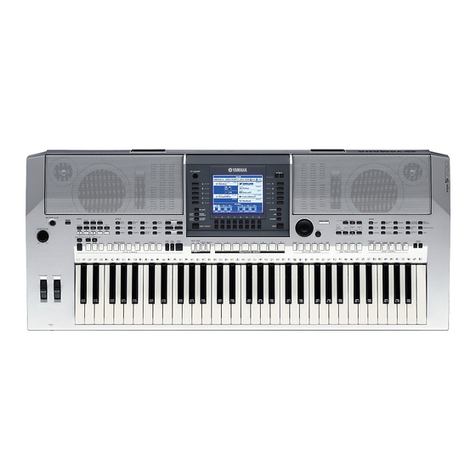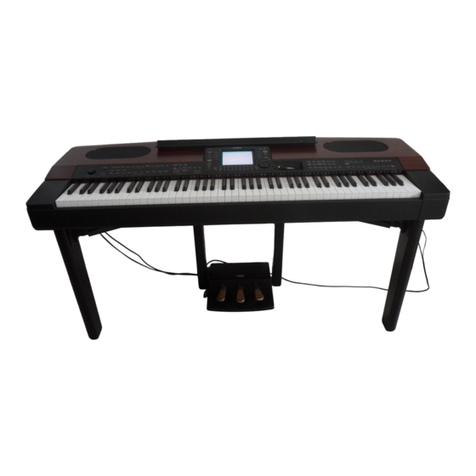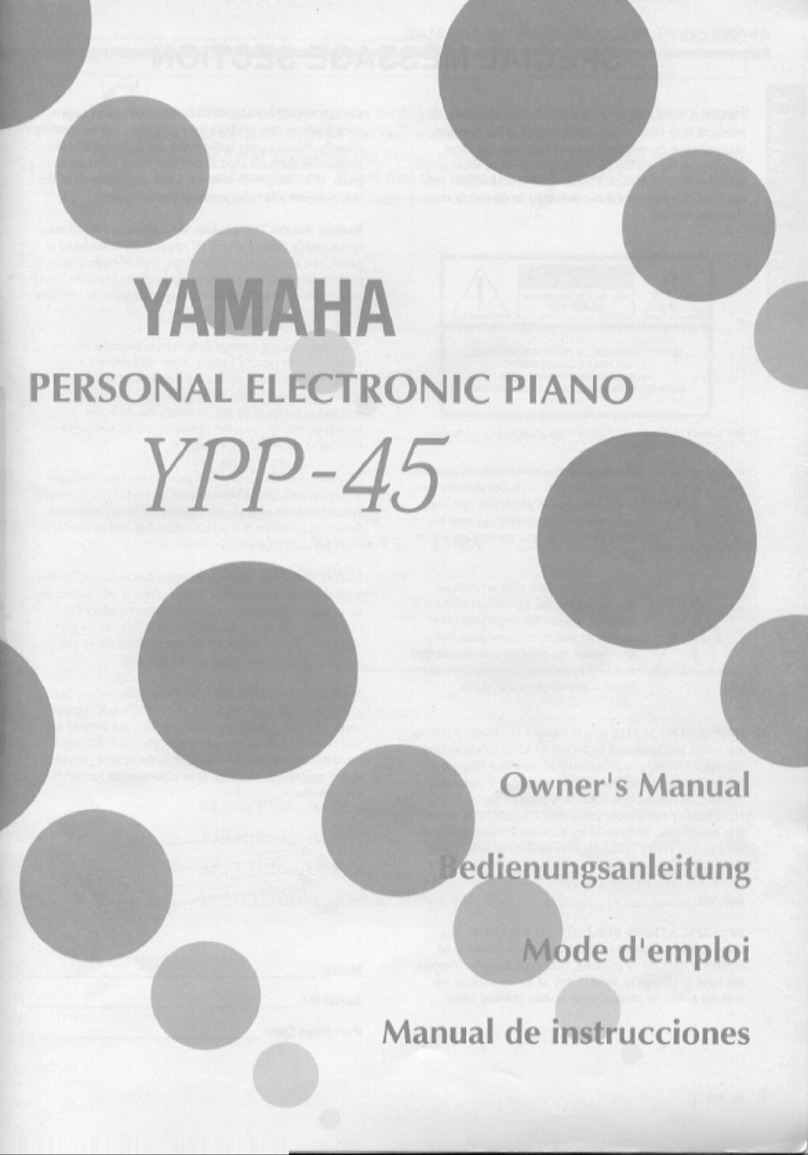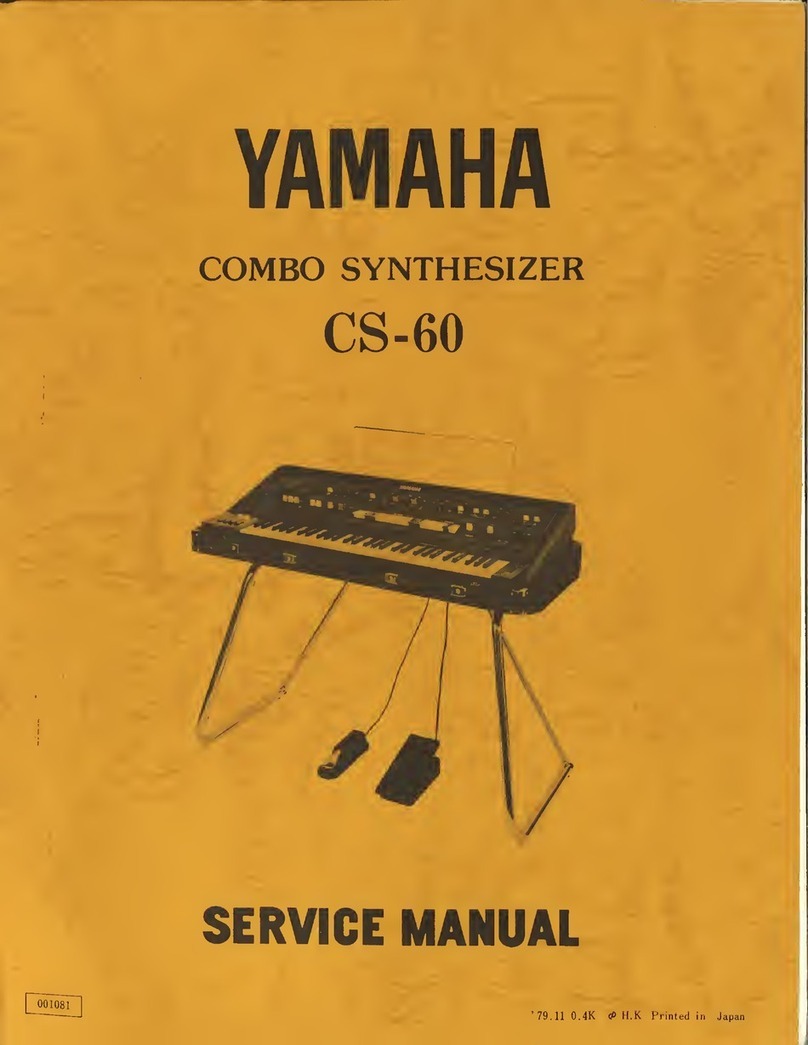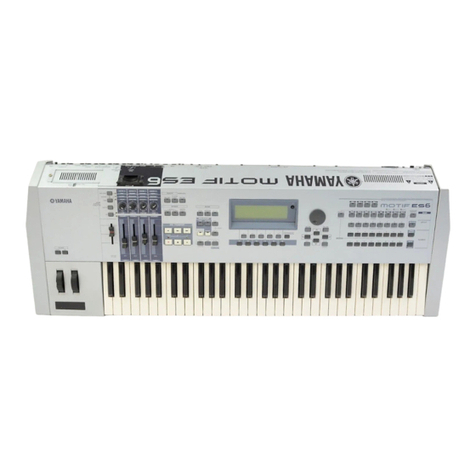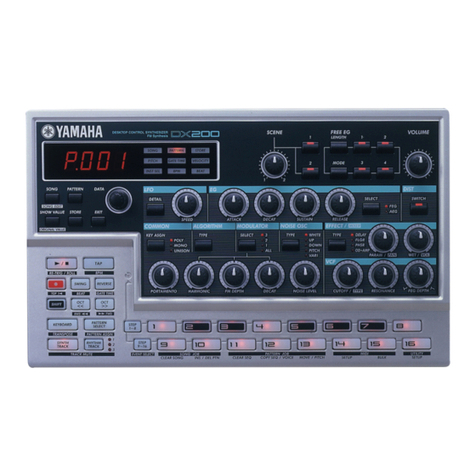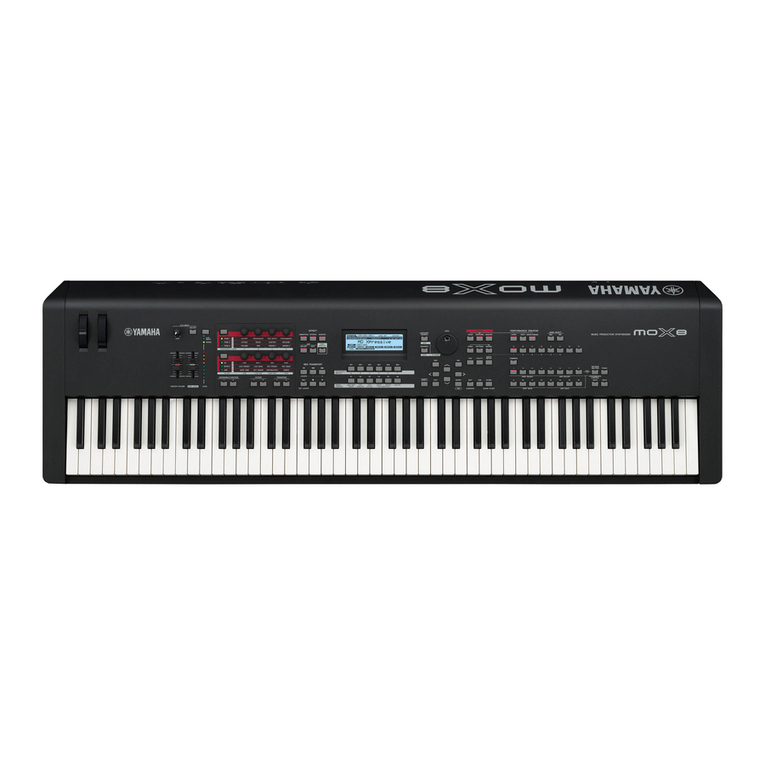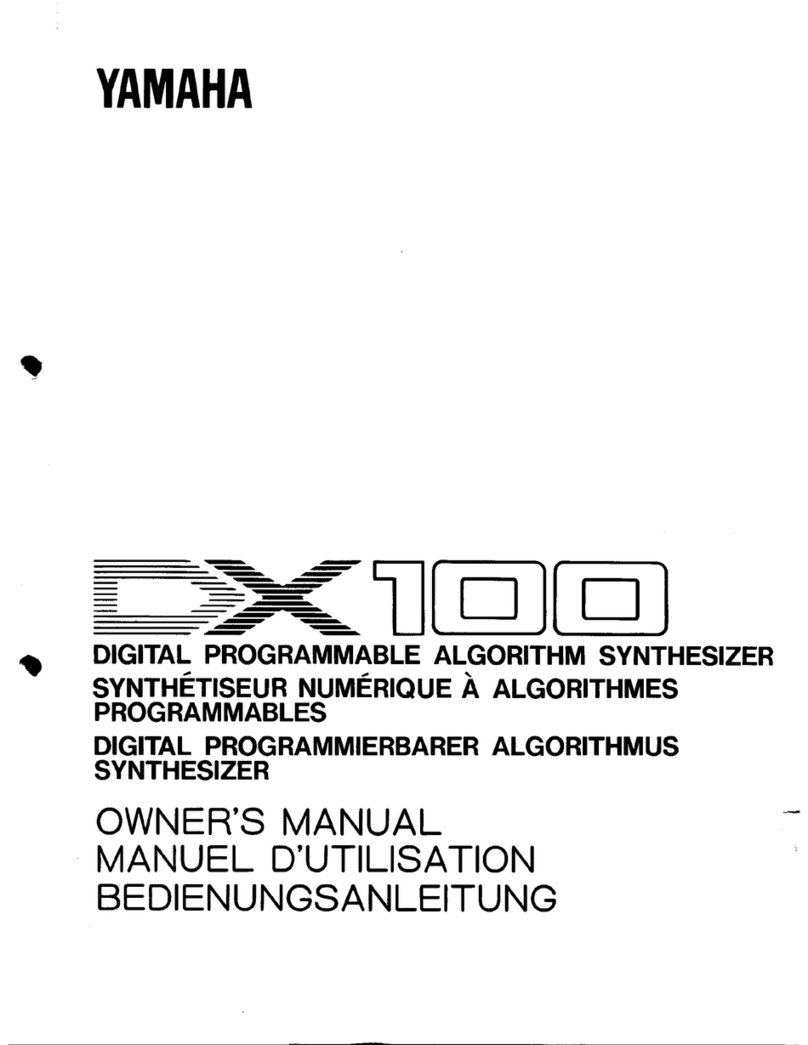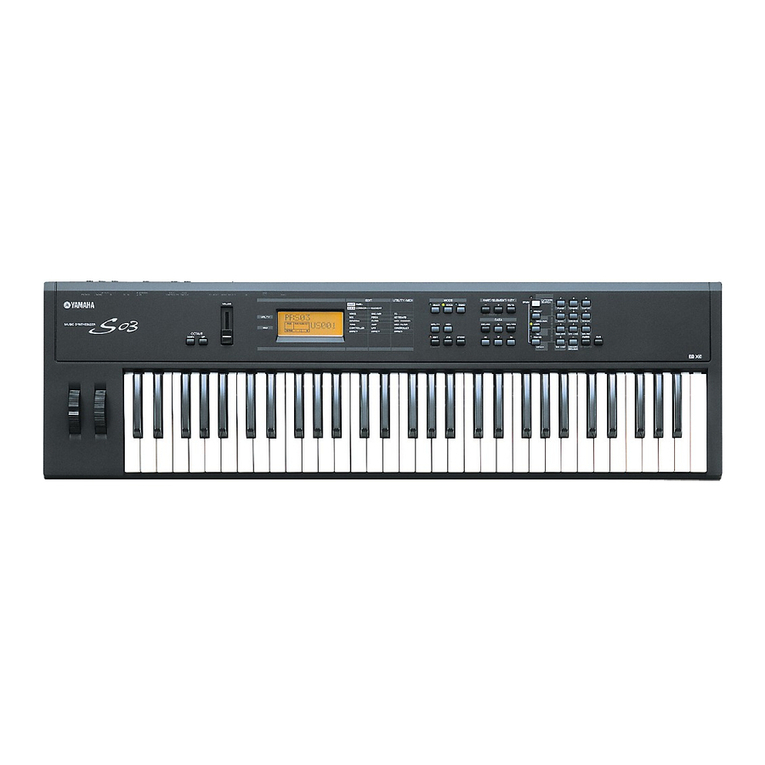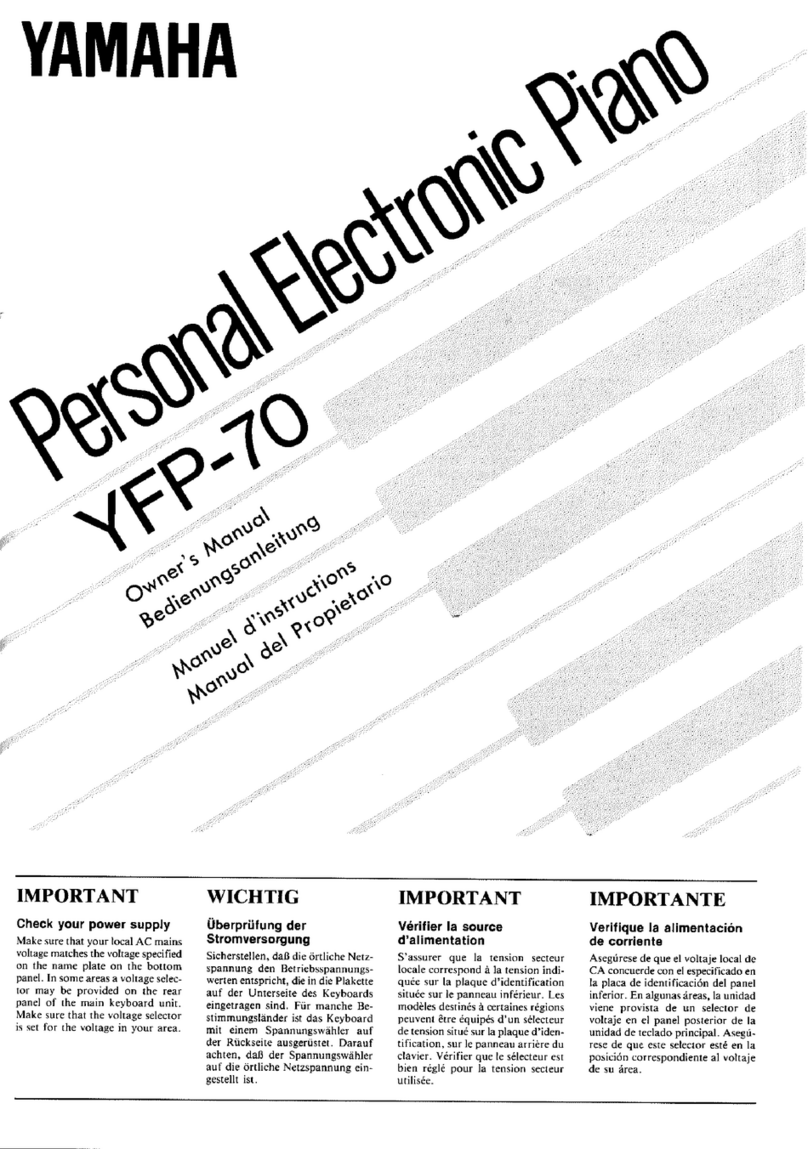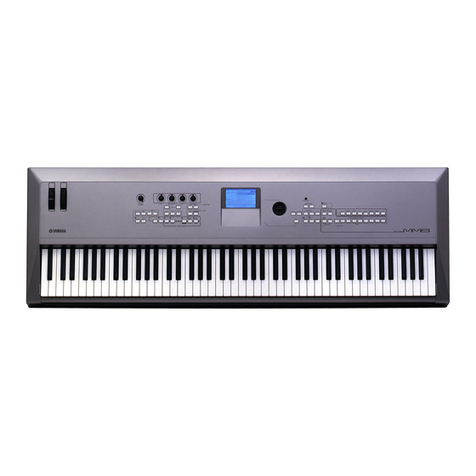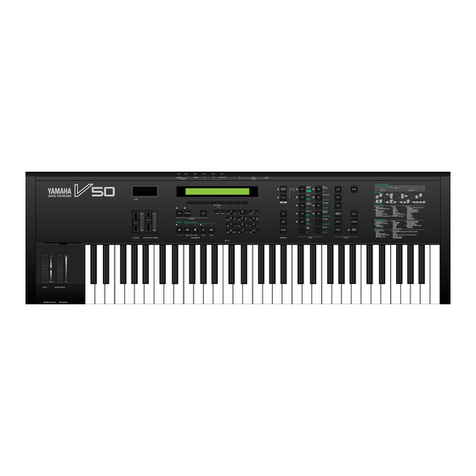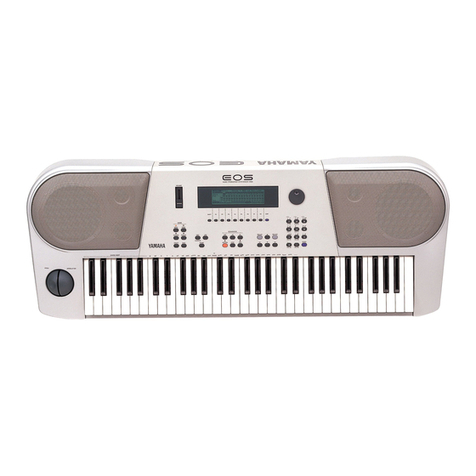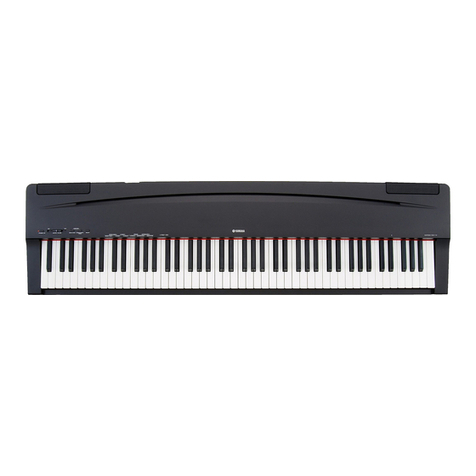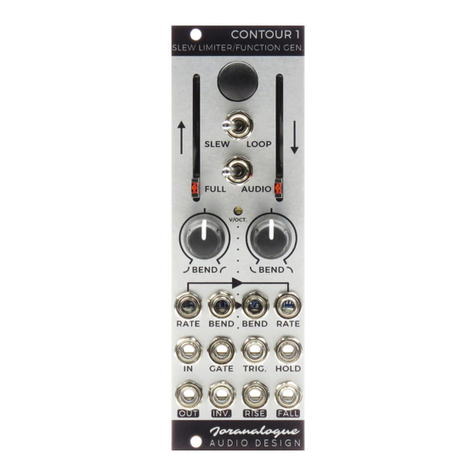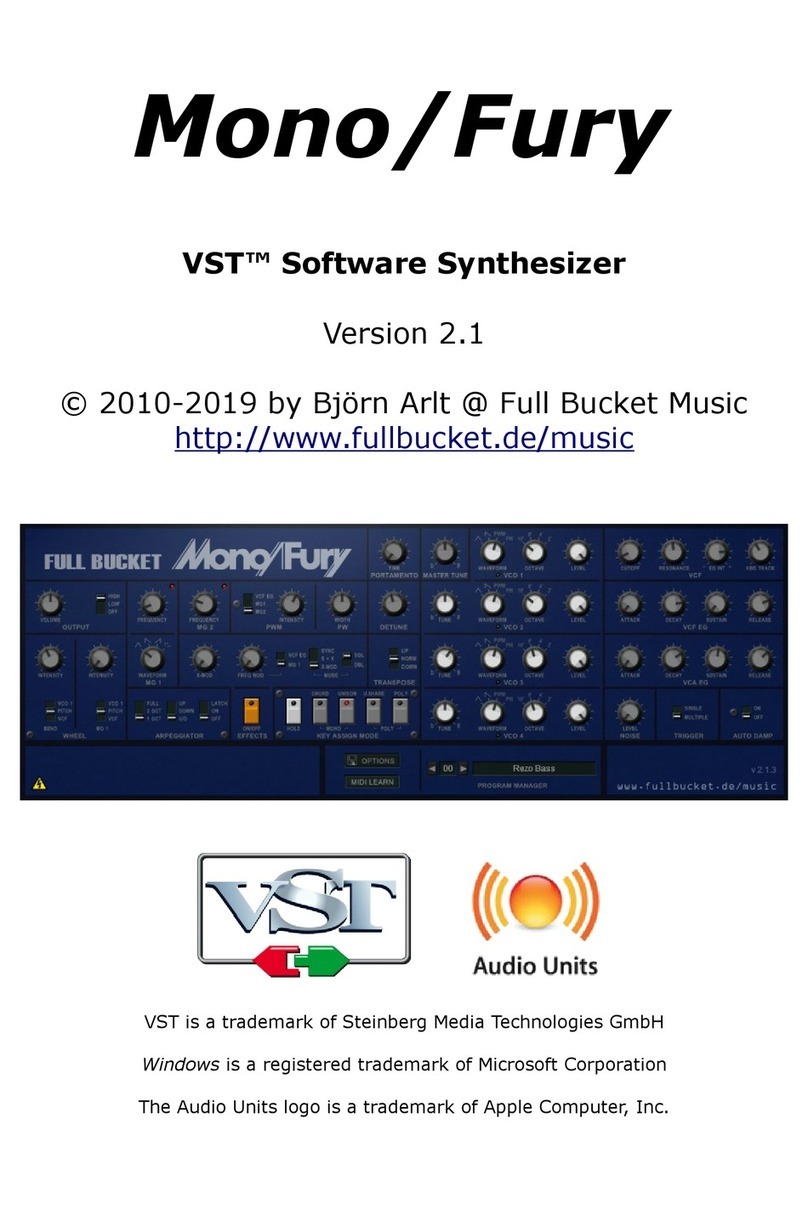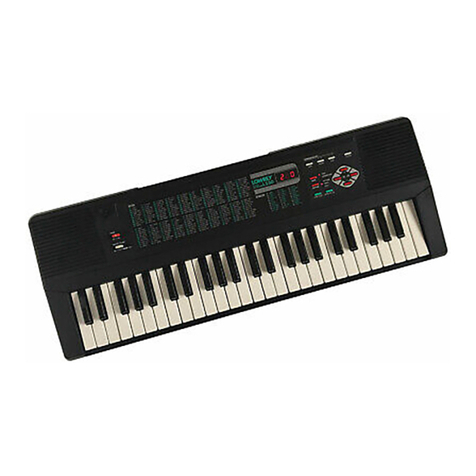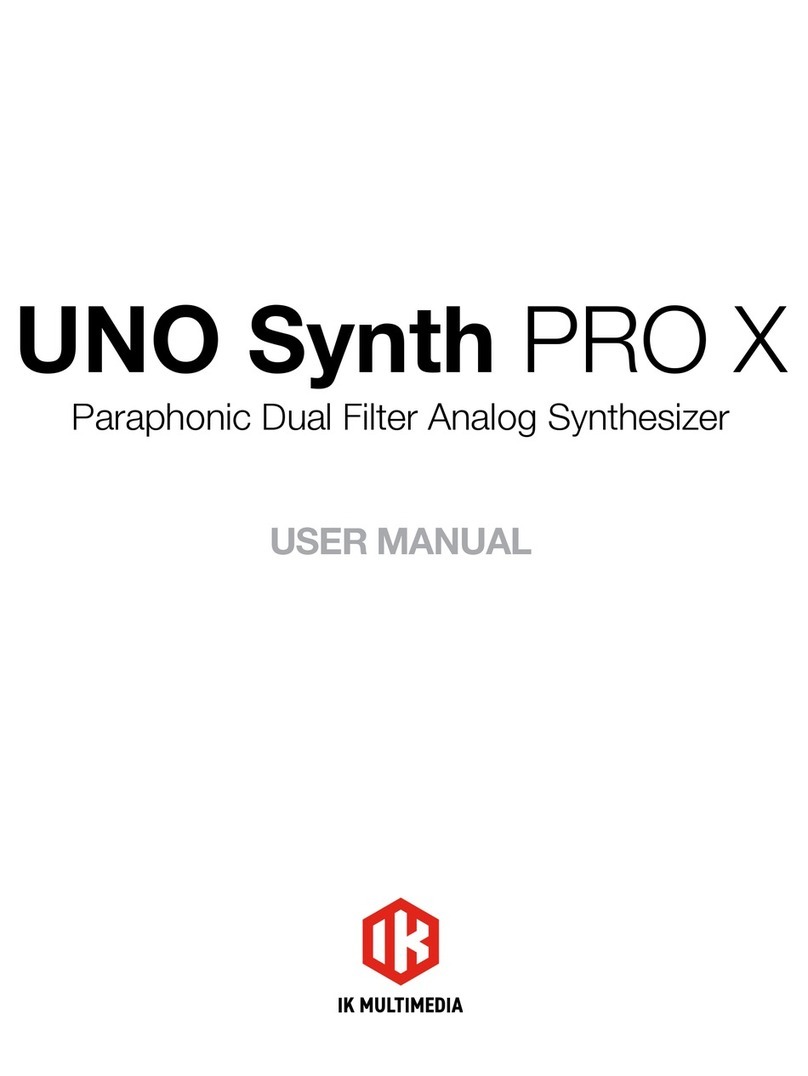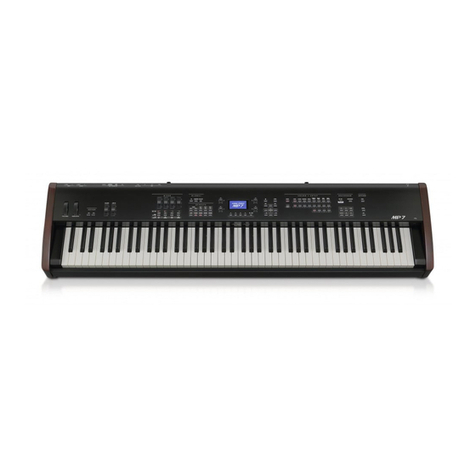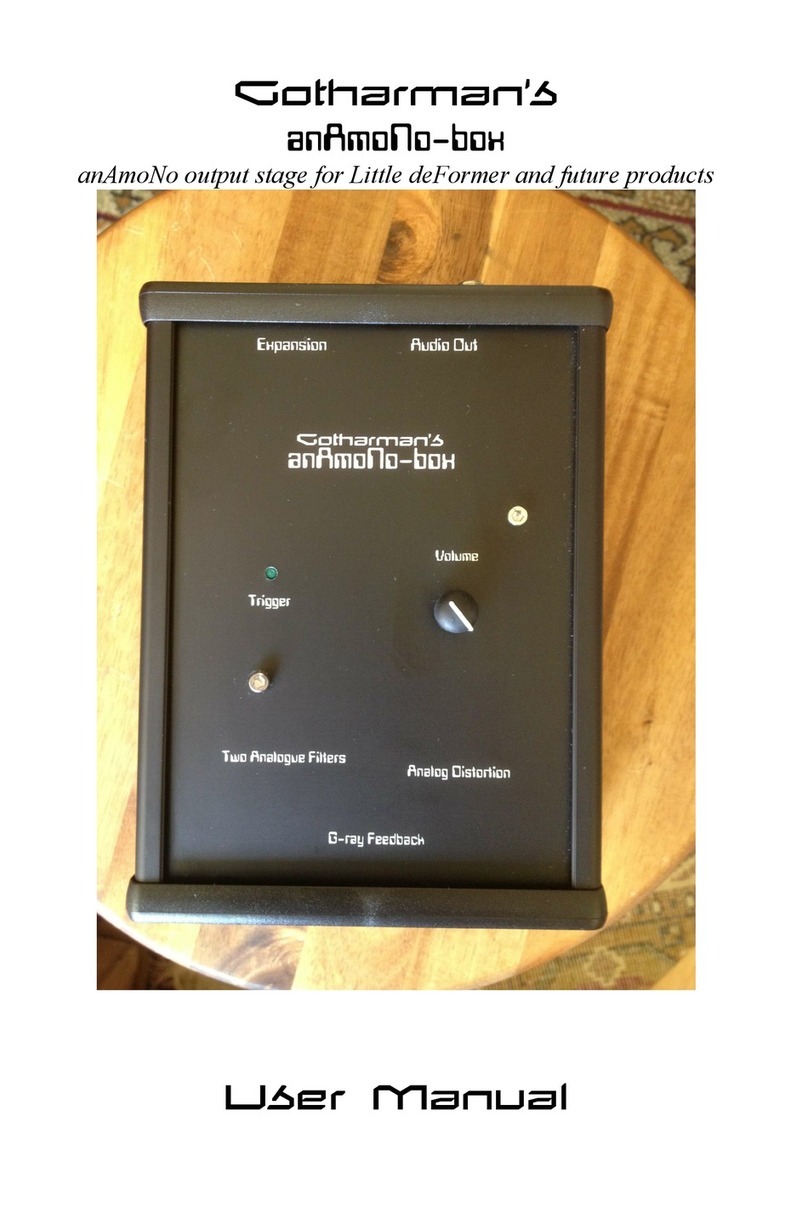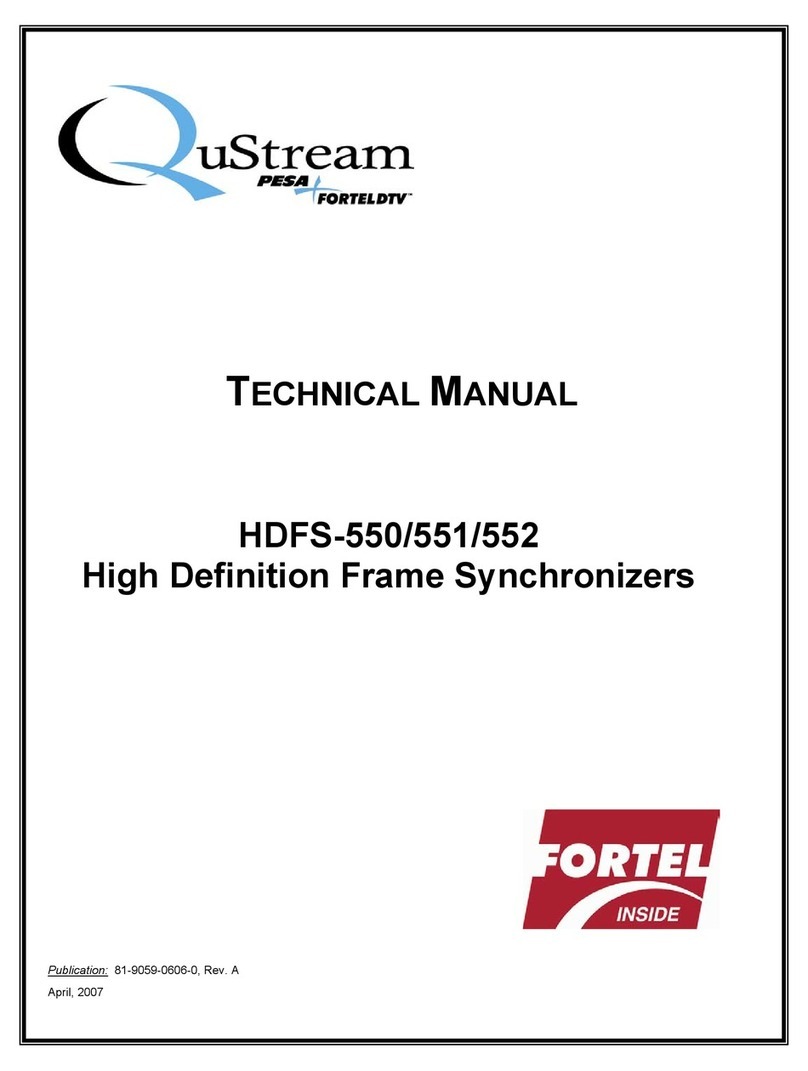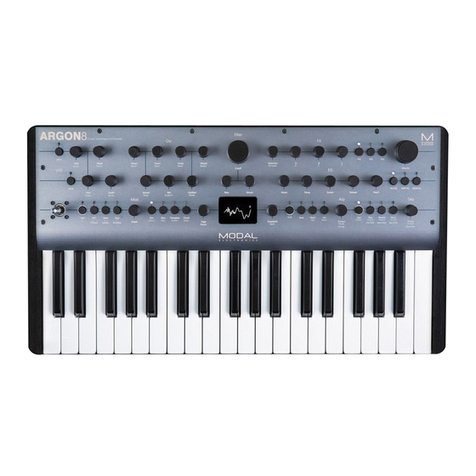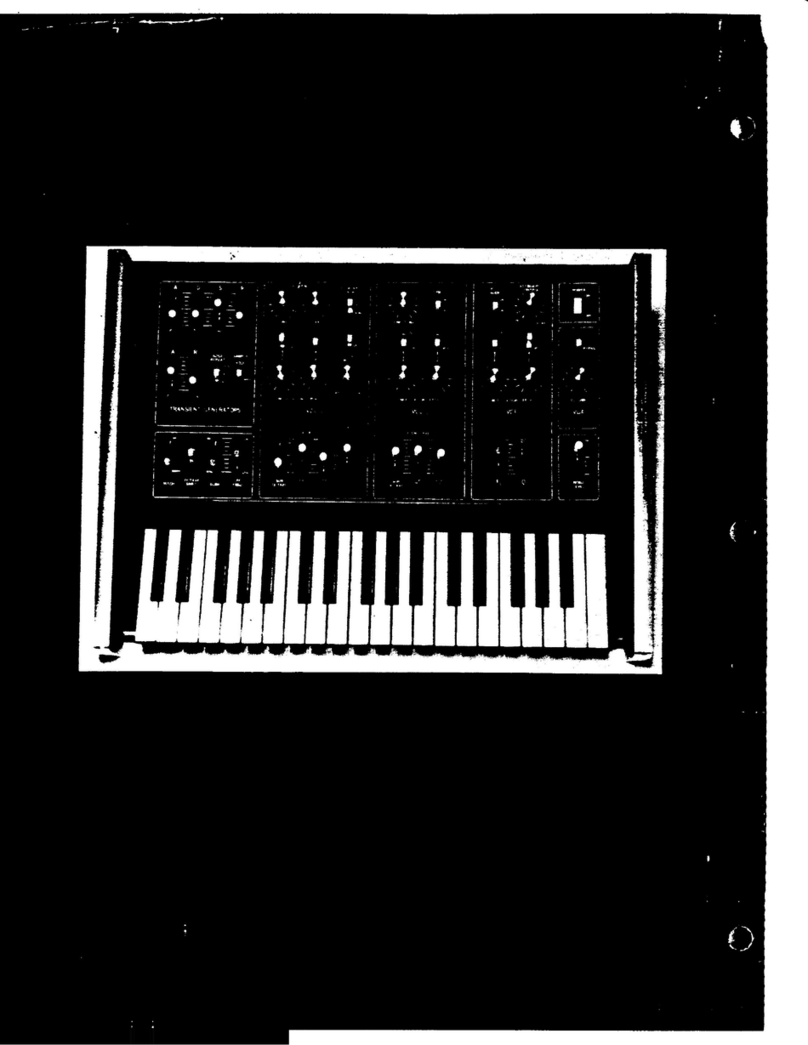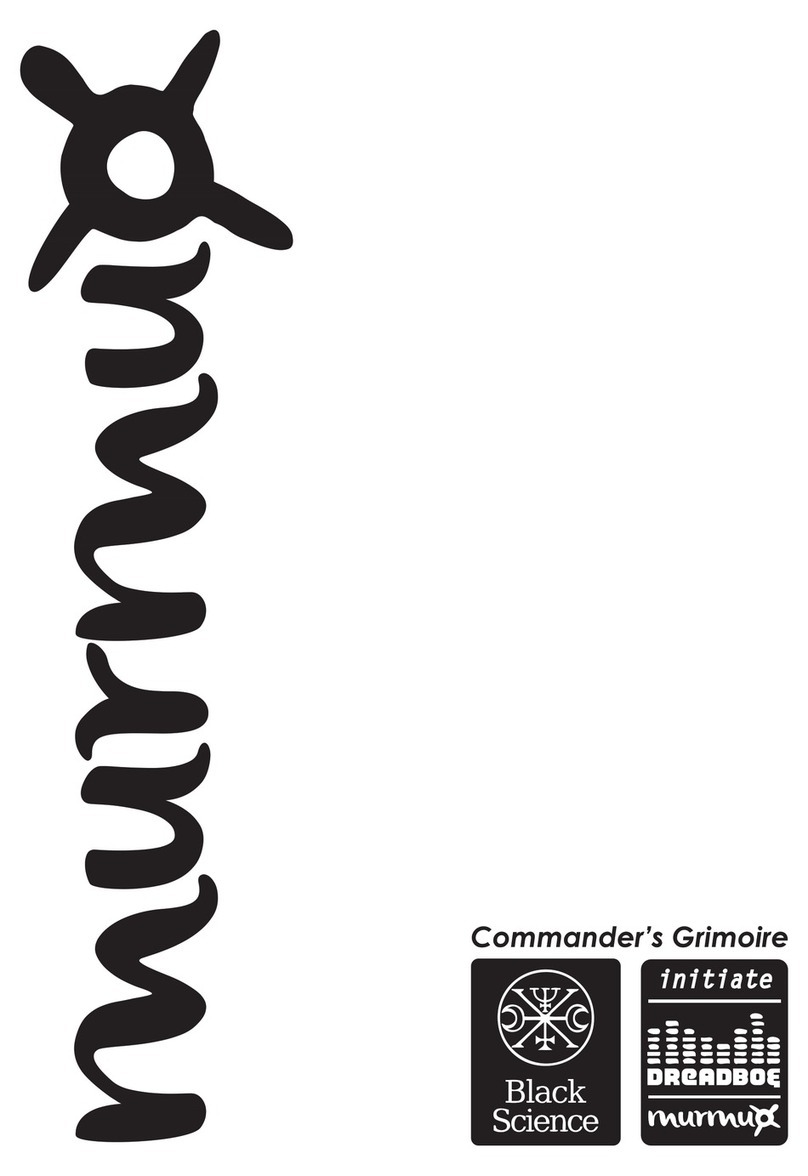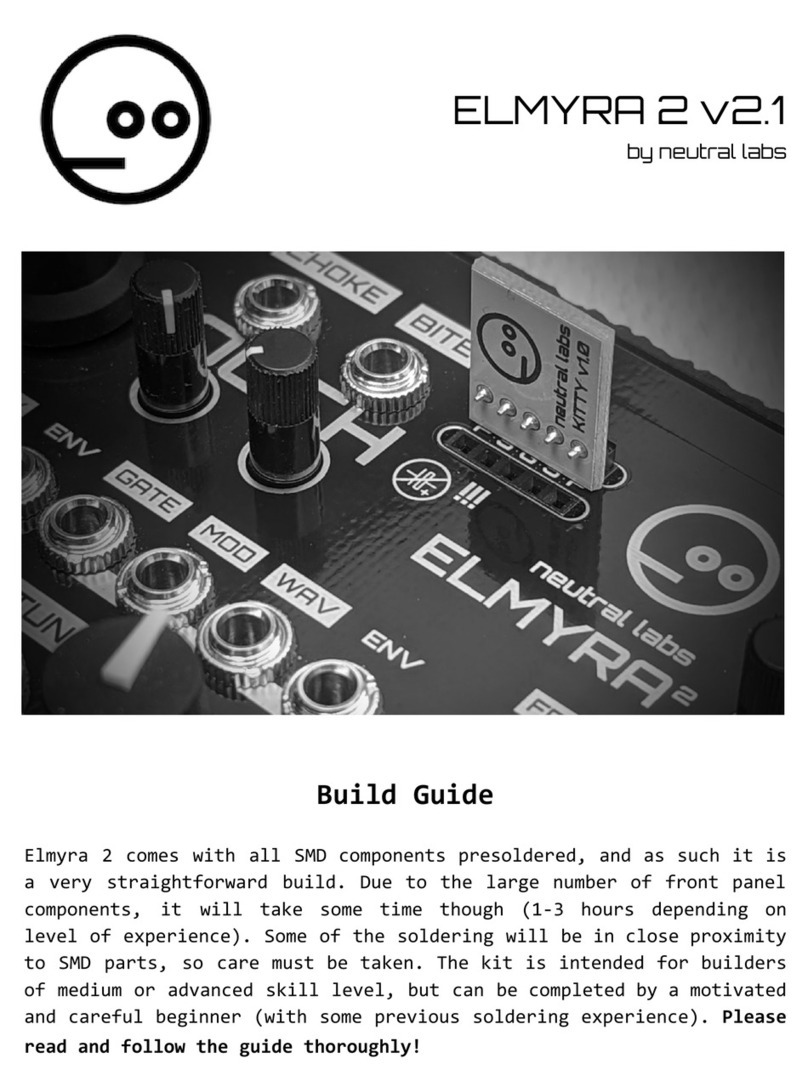
n
Cleaning
•Clean the cabinet and panel with a dry soft cloth.
•A slightly damp cloth may be used to remove stubborn grime and dirt.
•Never use cleaners such as alcohol or thinner.
•Avoid placing vinyl objects on top of the instrument (vinyl can stick to and
discolor the surface).
n
Electrical Interference
•This instrument contains digital circuitry and may cause interference if
placed too close to radio or television receivers. If this occurs, move the
instrument further away from the affected equipment.
n
Data Backup
•The SY85 contains a special long-life battery that retains the contents of its
internal voice, performance, song, and non-volatile wave memory even when
the power is turned OFF. The backup battery should last for several years.
When the backup battery needs to be replaced “Change internal battery !”
will appear on the display when the power is turned on. When this happens,
have the backup battery replaced by qualified Yamaha service personnel. DO
NOT ATTEMPT TO REPLACE THE BACKUP BATTERY YOURSELF!
•Internal memory data can be corrupted due to incorrect operation. Be sure to
“save” important data to a floppy disk frequently so you have a backup to
revert to if something happens to damage the data in memory. Also note
that magnetic fields can damage data on the disk, so it is advisable to make
a second back-up copy of disks that contain very important data, and keep
backup disks in a safe place away from stray magnetic fields (i.e. away
from speakers, appliances containing motors, etc.).
n
Handle Floppy Disks and the Disk Drive With Care
•Use only 3.5” 2DD type floppy disks.
•Do not bend or apply pressure to the floppy disk. Do not open the shutter
and touch the surface of the floppy disk inside.
•Do not expose the disk to high temperatures. (e.g. direct sunlight)
•Do not expose the disk to magnetic fields. Magnetic fields can partially or
totally erase data on the disk, rendering the disk unreadable.
•To eject a floppy disk, press the eject button slowly as far as it will go
then, when the disk is fully ejected, remove it by hand.
The disk may not be ejected properly if the eject button is pressed too
quickly, or it is not pressed in as far as it will go (the eject button may
become stuck in a half-pressed position and the disk extends from the drive
slot by only a few millimeters). If this happens, do not attempt to pull out
the partially ejected disk. Using force in this situation can damage the disk-
drive mechanism or the floppy disk. To remove a partially ejected disk, try
pressing the eject button once again, or push the disk back into the slot and
then repeat the eject procedure carefully.
•Do not insert anything but floppy disks into the disk drive. Other objects
may cause damage to the disk drive or the floppy disk.
5
